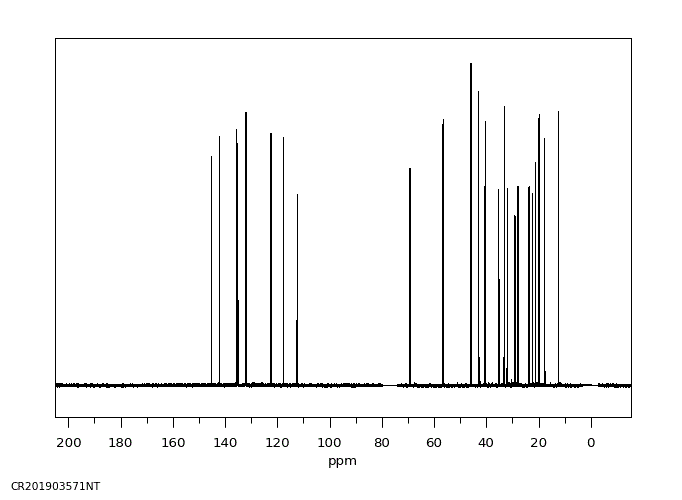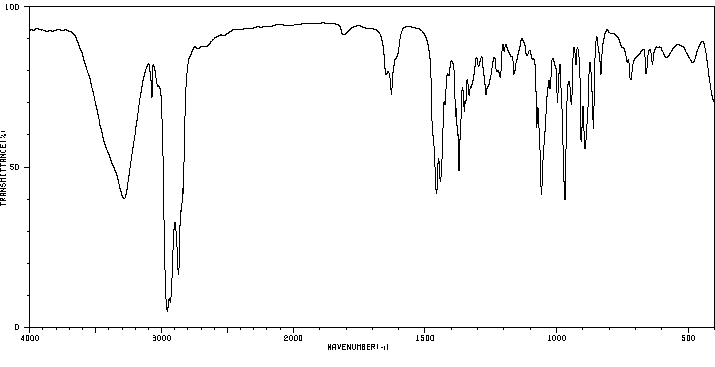代谢
麦角钙化醇是无效的,因此,体内的第一步是通过CYP2R1的作用将此母化合物转化为25-羟基维生素D,然后产生主要循环代谢物,1,25-二羟基维生素D或钙三醇。这种主要代谢物的生成受CYP27B1的活性控制,CYP27B1是一种关键的1-羟化酶,而CYP24A1负责25-羟基化。作为次要代谢的一部分,麦角钙化醇通过D-25-羟化酶和CYP2R1的活性在肝脏中转化为25-羟基维生素D。此外,24(R),25-二羟基维生素D的形成主要在肾脏中通过25-(OH)D-1-羟化酶和25-(OH)D-24-羟化酶的作用完成。此外,还有报道称在麦角钙化醇的代谢中3-表异构酶具有显著活性,它将C3位置的羟基从α位改变为β位。形成的表异构体似乎对维生素D血浆蛋白和维生素D受体的亲和力降低。已经报道了一种替代激活代谢途径,该过程以CYP11A1的活性和其C-20的羟基化为特征。这种20-羟基化维生素D似乎具有与钙三醇相似的生物活性。
Ergocalciferol is inactive and hence, the first step in the body is ruled by the conversion of this parent compound to 25-hydroxyvitamin D by the action of CYP2R1 followed by the generation of the major circulating metabolite, 1,25-dihydroxyvitamin D or calcitrol. The generation of this major metabolite is ruled by the activity of CYP27B1 which is a key 1-hydroxylase and CYP24A1 which is responsible for the 25-hydroxylation. As part of the minor metabolism, ergocalciferol is transformed into 25-hydroxyvitamin D in the liver by the activity of D-25-hydroxylase and CYP2R1. As well, the formation of 24(R),25dihydroxyvitamin D is performed mainly in the kidneys by the action of 25-(OH)D-1-hydroxylase and 25-(OH)D-24-hydroxylase. Additionally, there are reports indicating significant activity of 3-epimerase in the metabolism of ergocalciferol which modifies the hydroxy group in C3 from the alpha position to a beta. The epimers formed seemed to have a reduced affinity for the vitamin D plasma proteins and to the vitamin D receptor. An alternative activation metabolic pathway has been reported and this process is characterized by the activity of CYP11A1 and its hydroxylation in the C-20. This 20-hydroxylated vitamin D seems to have similar biological activity than calcitriol.
来源:DrugBank








